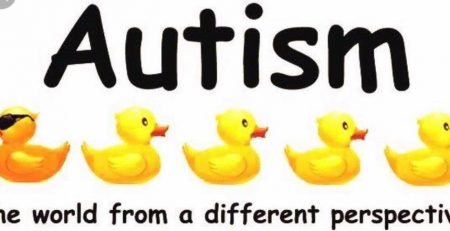Shine Avi know how of autism !!
Children and adults with autism, as well as those with other developmental disabilities, may have a dysfunctional sensory system. Sometimes one or more senses are either over- or under-reactive to stimulation. Such sensory problems may be the underlying reason for such behaviors as rocking, spinning, and hand-flapping. Although the receptors for the senses are located in the peripheral nervous system (which includes everything but the brain and spinal cord), it is believed that the problem stems from neurological dysfunction in the central nervous system–the brain.What is sensory craving!!Sensory Craving is described as when one is “driven to obtain sensory stimulation, but getting the stimulation results in disorganization and does not satisfy the drive for more” This sensory seeking behavior can be observed as seeking sensory input in the form of excessive:lickingbitingmouthing non-food objectsjumpingcrashingclimbingmovingtouchingIt is important to note the difference between what is typical sensory exploration or activity and what rises to the level of significance of being sensory craving behavior. Some of this difference is accounted for by age – what is normal toddler sensory development is not typical in a seven-year-old, for example.When clinically significant sensory craving behaviors exist, they often interfere with a child’s ability to appropriately function, attend, and interact/engage.Also, unlike some other sensory processing disorder diagnoses, when the child receives the sensory stimulation that he seeks, it does not resolve the processing issues – in fact, it will create more disorganization.










Leave a Reply